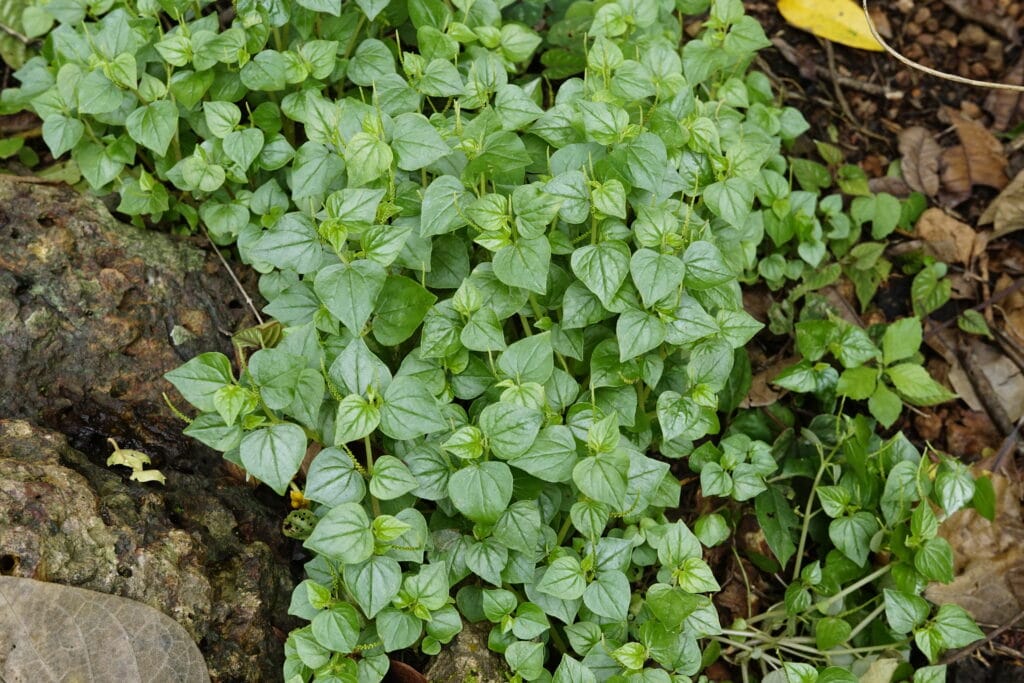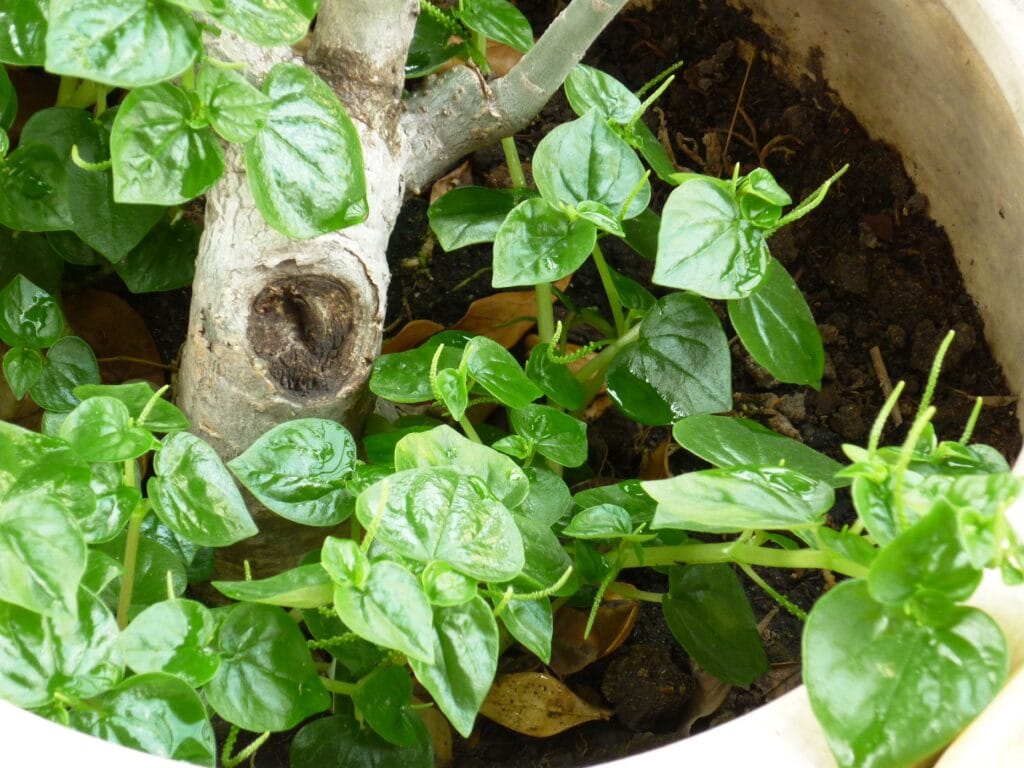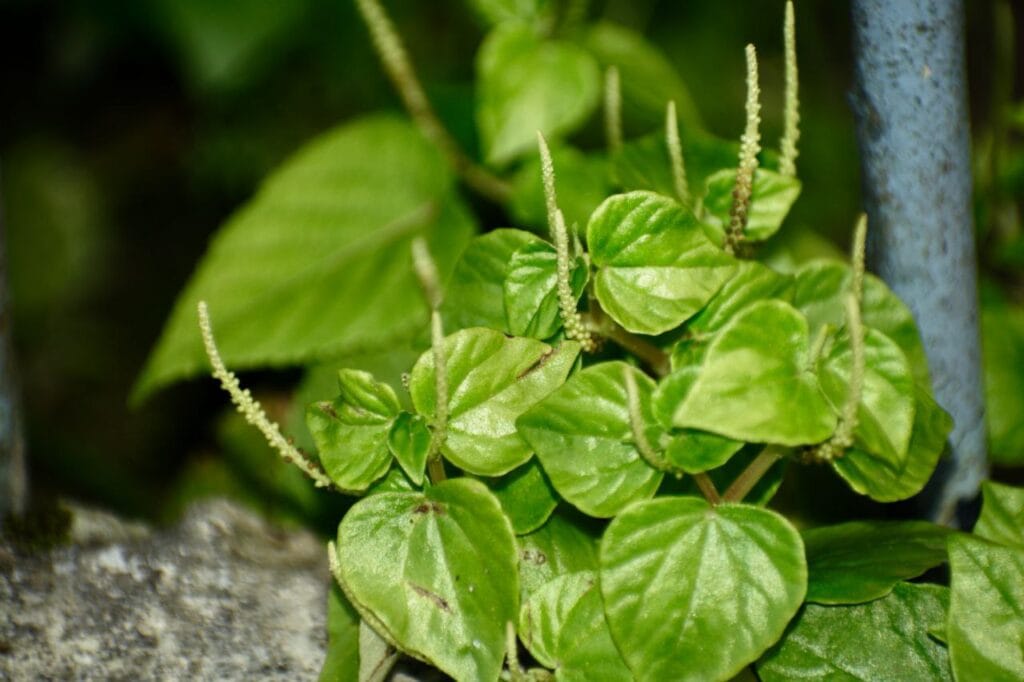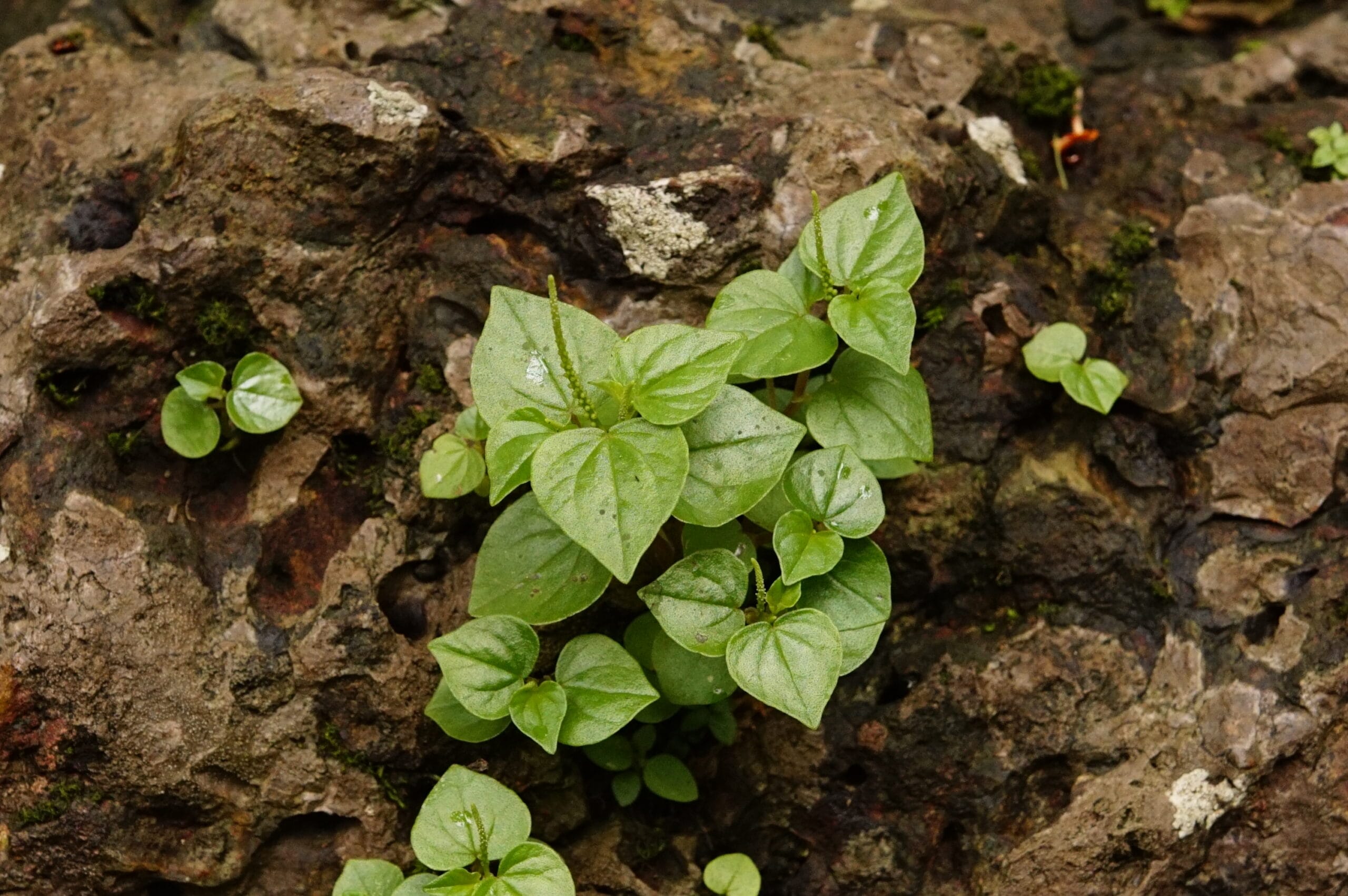Pansit-pansitan, scientifically known as Peperomia pellucida, is a small, fleshy herb that thrives in the humid, shaded areas of the tropics.
Known by various names across cultures, it is fondly referred to as “pansit-pansitan” in the Philippines.
Despite its modest appearance, this plant is a powerhouse of benefits, with the benefits of Pansit pansitan being prized for its culinary, medicinal, and environmental contributions.
Easy to grow and highly accessible, pansit-pansitan is a favorite among herbal medicine enthusiasts and home gardeners alike.”
Its ability to flourish in damp, shaded spaces makes it a symbol of resilience in nature, while the benefits of Pansit-pansitan continue to gain attention from researchers and traditional healers around the world.
History Of Pansit-Pansitan
The use of Pansit-pansitan dates back to ancient times, where it was discovered by traditional healers in Southeast Asia and South America for its remarkable health benefits.
Indigenous communities in these regions quickly recognized the plant’s medicinal properties, particularly its effectiveness as a natural remedy for inflammatory conditions, such as arthritis and joint pain.
In Southeast Asia, especially in the Philippines, Pansit-pansitan has long been a part of local herbal medicine, passed down through generations. The plant has been used not only for its therapeutic qualities but also for its availability and ease of cultivation.
Filipino farmers and healers would often grow it in their backyard gardens or harvest it from the wild. Over the centuries, Pansit-pansitan became an essential element of local health practices, and its significance continues to be highlighted in traditional medicine today.
As interest in natural and alternative healing grows, the historical use of this humble plant remains a vital part of modern wellness trends.
Characteristics Of Pansit Pansitan
Pansit-pansitan is a short-lived plant with translucent, heart-shaped leaves and small, greenish flowers that grow on spike-like inflorescences.

It is typically found growing in damp, shaded environments such as gardens, pathways, and forest edges. The plant’s unique texture and vibrant appearance make it easily recognizable.
Environmental Benefits
- Soil Stabilizer: Its dense growth helps reduce soil erosion, especially in disturbed areas.
- Air Purifier: Like most plants, it contributes to oxygen production and carbon dioxide absorption.
- Biodiversity Support: Pansit-pansitan provides a habitat for small insects and microorganisms.
Uses and Benefits Of Pansit Pansitan
In this section, we’ll explore the diverse uses and benefits of Pansit pansitan:

These various medicinal uses make Pansit-pansitan an incredibly versatile herb, valued both for its immediate therapeutic effects and its long-term health benefits.
Medicinal Uses
Anti-inflammatory: Pansit-pansitan is widely recognized for its ability to alleviate symptoms of arthritis, joint pains, and other inflammatory conditions. The plant contains compounds that help reduce swelling and discomfort in the body.
Antibacterial Properties: The leaves of Pansit-pansitan are believed to possess antibacterial properties, making it effective in treating minor infections, wounds, and skin irritations. It can be used as a poultice or applied topically to reduce inflammation and fight bacterial growth.
Diuretic: Known for its mild diuretic effect, Pansit-pansitan encourages increased urine production, helping the body flush out toxins, excess salts, and waste products. This can promote kidney health and improve overall detoxification.
Antioxidant: The plant is rich in antioxidants, which help combat free radicals in the body, potentially reducing oxidative stress and lowering the risk of chronic diseases like heart disease and cancer.
Digestive Aid: Pansit-pansitan is also used to improve digestion. It is believed to ease stomach issues such as indigestion, bloating, and constipation, helping to regulate the digestive system and promote gut health.
Fever Reducer: In traditional medicine, Pansit-pansitan has been used to reduce fever, providing a natural alternative to commercial fever reducers.
Pain Relief: The plant is sometimes used to alleviate mild pain, such as headaches or menstrual cramps, due to its anti-inflammatory and analgesic properties.
Economic Significance Of Pansit-Pansitan
Pansit-pansitan’s affordability and availability make it a valuable commodity in local herbal markets. Its medicinal and culinary uses also contribute to income generation for small-scale farmers and entrepreneurs involved in organic farming.
Conservation and Challenges
Although Pansit-pansitan is hardy and grows abundantly, urbanization and chemical pesticide use can threaten its natural habitats.
Efforts should focus on promoting sustainable harvesting practices and increasing public awareness of its ecological importance.
Interesting Facts about Pansit-Pansitan
In this section, we’ll explore the remarkable facts about Pansit-Pansitan:

- “Silver Bush”: Pansit-pansitan is often referred to as “silver bush” due to its distinctive translucent, almost silvery leaves that give it a unique, striking appearance. The plant’s leaves are soft and fleshy, contributing to its visual appeal.
- Self-Propagating: This hardy herb is a self-propagating plant, meaning it can easily reproduce through its stems or seeds without requiring much intervention. It thrives in both cultivated and wild settings, making it an ideal plant for beginners and those with little gardening experience.
- Uric Acid Reduction: Pansit-pansitan has been studied for its potential in lowering uric acid levels in the body, which may benefit people with gout or those at risk of developing the condition. The plant’s diuretic effect helps expel excess uric acid through urine, providing a natural remedy.
- A Resilient Survivor: The plant is known for its resilience in various growing conditions. It can thrive in both urban environments and rural areas, often sprouting in cracks of concrete, under trees, or in neglected spaces. This adaptability has made it a symbol of survival and tenacity.
- Cultural Significance: In addition to its medicinal benefits, Pansit-pansitan holds cultural importance in many communities. It is often associated with traditional practices of natural healing and is used in folk remedies passed down through generations.
- Edible and Aromatic: The plant has a mild, peppery flavor that adds a refreshing twist to salads and other dishes. It’s often compared to watercress for its light, aromatic taste.
- Air Purification: Like other green plants, Pansit-pansitan helps purify the air by absorbing pollutants and increasing oxygen levels, making it beneficial to keep in homes and gardens for both health and aesthetic purposes.
Culinary Uses Of Pansit Pansitan
Pansit-pansitan’s mildly peppery taste makes it a unique addition to salads, soups, and stir-fried dishes. Its leaves can be eaten fresh or cooked, adding a refreshing texture to various recipes.
Nutritional Benefits
Pansit-pansitan is rich in:
- Phytochemicals: Provides antioxidant and anti-inflammatory effects.
- Vitamins A and C: Boost immunity and improve skin health.
- Calcium: Promotes strong bones and teeth.
Traditional Dishes
- Pansit-Pansitan Salad: Mixed with tomatoes, onions, and vinaigrette for a refreshing appetizer.
- Herbal Tea: Steeped leaves serve as a calming and therapeutic drink.
Caution
While Pansit-pansitan is generally safe, excessive consumption may lead to adverse effects such as stomach discomfort. Pregnant and breastfeeding women are advised to consult a healthcare professional before use.
Conclusion
Pansit-pansitan (Peperomia pellucida) is a small plant with a wealth of potential that reaches far beyond its modest appearance.
Its broad range of medicinal properties, including its anti-inflammatory, antibacterial, and diuretic effects, has earned it a respected place in both traditional and modern healing practices.
In addition to its health benefits, the plant plays an important role in the environment by helping to stabilize soil, purify the air, and support biodiversity. With its culinary versatility, Pansit-pansitan has found its way into various dishes, adding flavor and nutritional value.
Despite its resilience and widespread availability, it is crucial to promote sustainable harvesting and responsible use to preserve this valuable herb for future generations.
Efforts to protect its natural habitats, educate communities on its benefits, and integrate it into modern wellness practices will ensure that Pansit-pansitan continues to thrive and contribute to health, culture, and the environment for years to come.
Also Read: Tsaang Gubat Benefits (Ehretia microphylla): Nature’s Healing Plant
Well, what do you think about the article?
Did you enjoy reading “Benefits of Pansit Pansitan (Peperomia pellucida): Nature’s Humble Healer“?
We really hope that you have found this article informative and engaging. If you have any thoughts or comments about this post, please feel free to share them in the comment section below. We appreciate your feedback and would be glad to hear from you.
To see more content like this check the gardening section of Money For My Beer.

